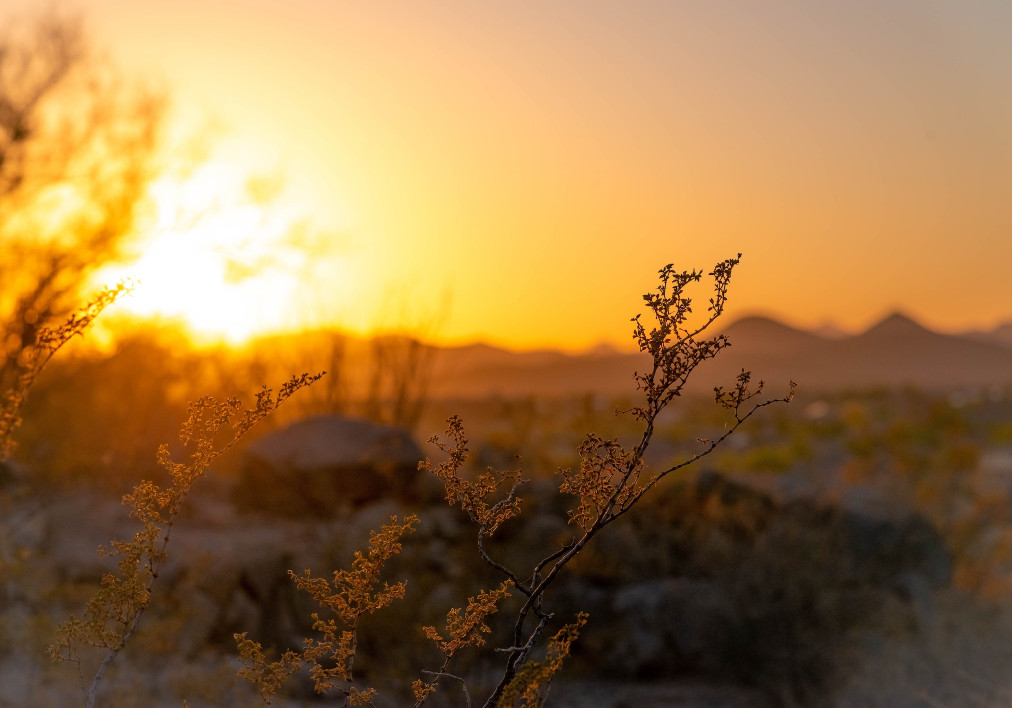

Popular points of interest near Kyono Mori Yurinsha include Kiyomizu-dera Temple, TKP Garden City Kyoto and Samurai Kembu Kyoto. The accommodation provides an ironing service, as well as business facilities like fax and photocopying. An ? la carte, continental or vegetarian breakfast can be enjoyed at the property. Depending on the season and your location the golden hour might be a lot shorter or longer. So, there are actually two golden hours every day. At Kyono Mori Yurinsha all rooms have bed linen and towels. Roughly speaking, the golden hour is the first hour of light after sunrise and the last hour of light before sunset. Featuring a private bathroom with a bath and a hairdryer, rooms at the inn also have a city view.
GOLDEN HOUR TIME IN WINTER TV
All guest rooms come with air conditioning, a flat-screen TV with cable channels, a fridge, a kettle, a shower, free toiletries and a desk. The property is 1.1 km from Gion Shijo Station, and within 1.7 km of the city centre. Among the facilities of this property are a restaurant, room service and luggage storage space, along with free WiFi.

The statue is said to be carved by Kobo Daishi, one of the most important figures in Japanese religious history.įeaturing 3-star accommodation, Kyono Mori Yurinsha is set in Kyoto, 1.7 km from Sanjusangen-do Temple and 1 km from Kyoto Shigaku Kaikan Conference Hall. Outside the exit are souvenir shops, a small tea garden, where you can have matcha tea and sweets, and Fudo Hall, a small temple hall which houses a statue of Fudo Myoo, one of the Five Wisdom Kings and protector of Buddhism. The gardens hold a few other spots of interest including Anmintaku Pond that is said to never dry up, and statues that people throw coins at for luck.Ĭontinuing through the garden takes you to the Sekkatei Teahouse, added to Kinkakuji during the Edo Period, before you exit the paid temple area. The path once again passes by Kinkakuji from behind then leads through the temple's gardens which have retained their original design from Yoshimitsu's days. The head priest's former living quarters (hojo)Īfter viewing Kinkakuji from across the pond, visitors pass by the head priest's former living quarters (hojo) which are known for their painted sliding doors (fusuma), but are not open to the public.


 0 kommentar(er)
0 kommentar(er)
